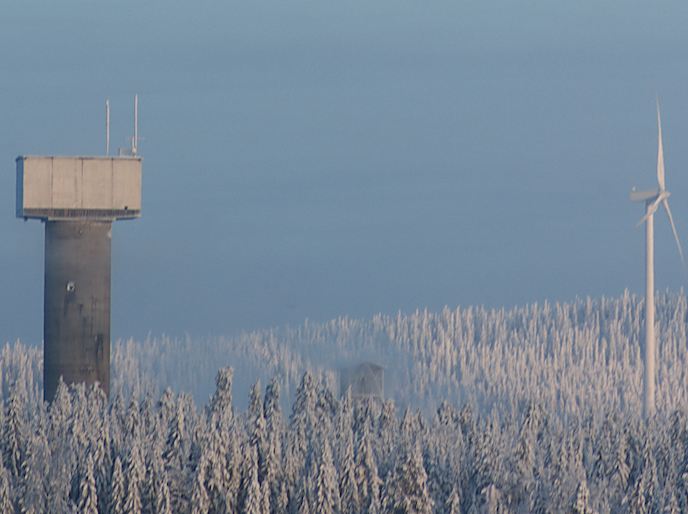Supporting EU industry to be more robust by fostering domestic mining
By facilitating minerals and land-use policy-making and fostering transparent land-use practice, the EU project www.minland.eu (Minland) is hoping to ease the bottleneck. Project coordinator Ronald Arvidsson explains, “The raw materials initiative(opens in new window) was created in order to counteract lack of supply and production of mineral raw materials within the EU. For example, only around 5 % of metals are produced within the EU. This renders EU industry more vulnerable. It also impacts on our economy, as the lion’s share of the turnover generated by mining stays in the producing country.” Only about 2.5 % of global exploration efforts, in connection with metallic minerals, are undertaken within the EU. Of the 25 nations that invest the most in exploration, only two are European. Construction materials need to be mined as close as possible to sites to reduce transport costs and the environmental impact. “Another issue is that it can take 10-15 years for a mine to come online, from inception to production. The time span can put investors off,” says Arvidsson, Senior Geophysicist at Minland.
A more efficient approach to mining in the EU
Minland identified and highlighted areas in which current mining policies interact with other strands of land use, in order to establish how best to optimise the process. Through an innovative, societal approach, the team analysed users’ input from selected case studies to consider the relation between mineral raw materials, associated industries and land-use planning. They went on to identify the ways in which raw materials are integrated into land-use planning in Europe. The project based itself directly on findings from users and experts, including the exploration and mining industry, land-use planners and those tasked with granting permission for exploration and mining. “We created a toolbox for different measures to help an integrated approach to polices around land planning and offered practical solutions to challenges, like need for 3D planning since mining is often subsurface, and other things may take place on the surface,” he explains. The workshops brought together people from the mining industry, mining inspectorates, mineral land use experts from geological surveys, local government and academia and non-governmental organisations.
From guidelines to good practice
Some of Minland’s key conclusions were that high-quality geological information is one of the cornerstones to a successful mining industry. They highlight the fact that exploration should be performed in parallel with other activities or land uses. “It is also clear that transparency and a clear governance around granting permits to explore or mine, are vital,” adds Arvidsson. To give stakeholders an idea of how to actually put these key findings into practice, the team has put its database and document repository online, including examples of good practice(opens in new window). “We are very glad to have been able to come up with insights that could lead to a better understanding of how to support the European Union’s mining sector. After all, so many of our industries depend on mining so we need to make the production chain more robust,” says Arvidsson.







